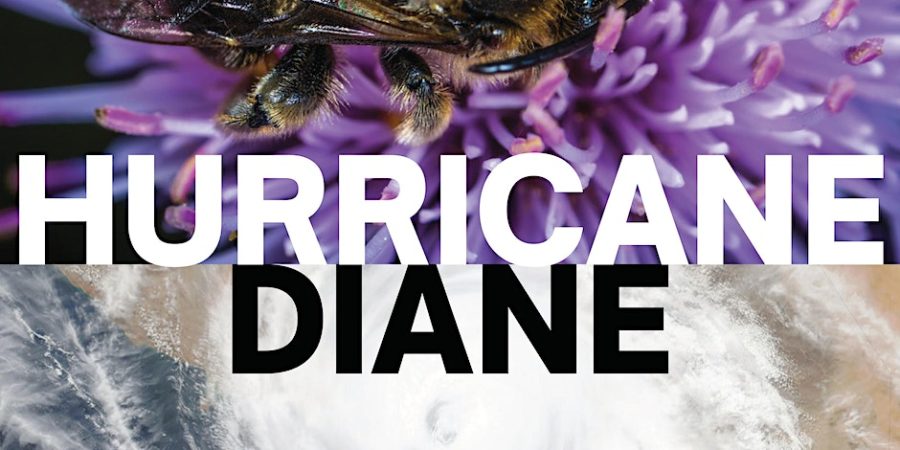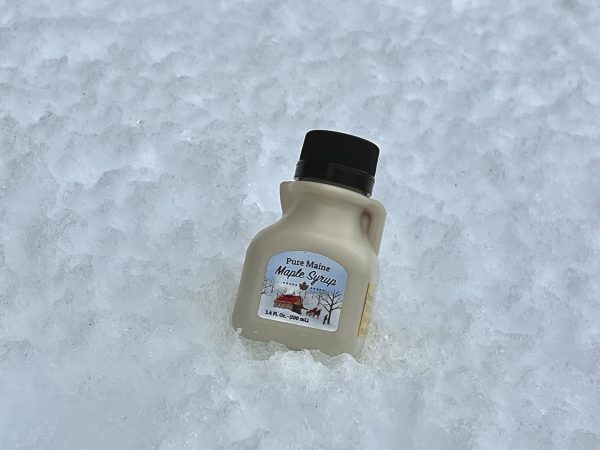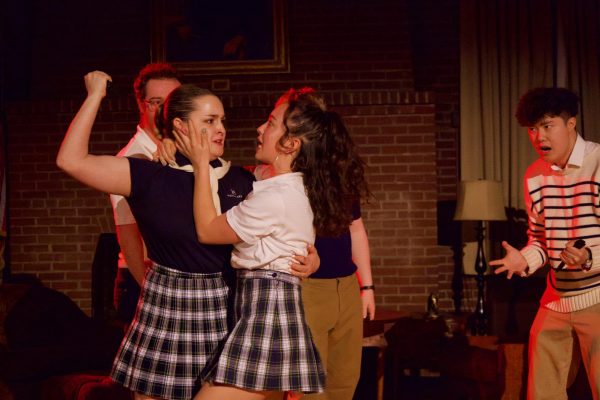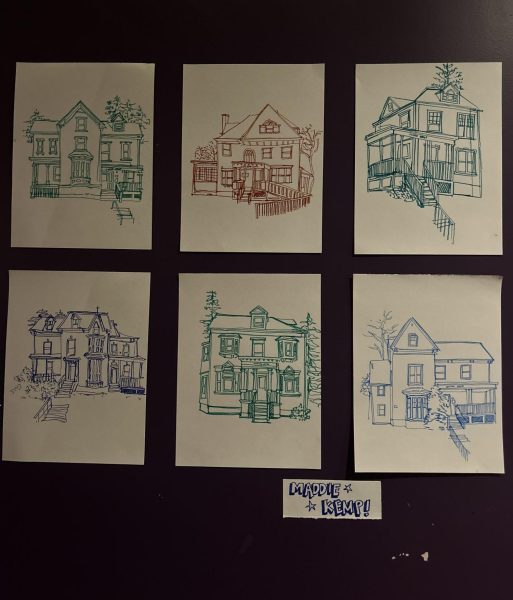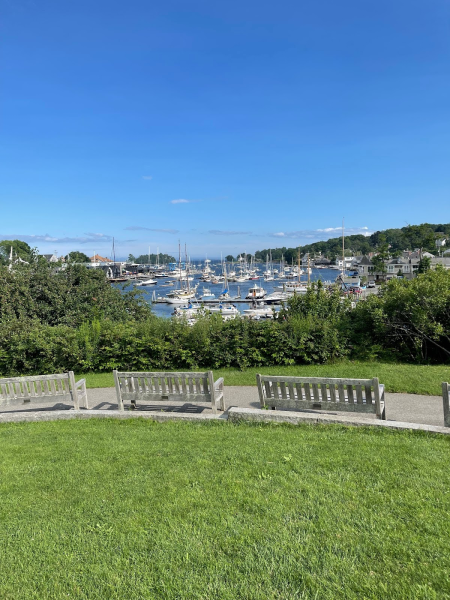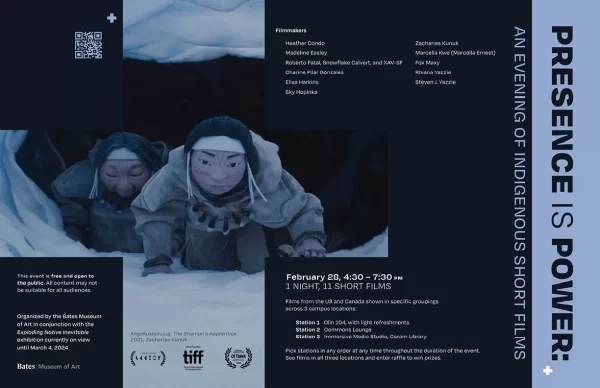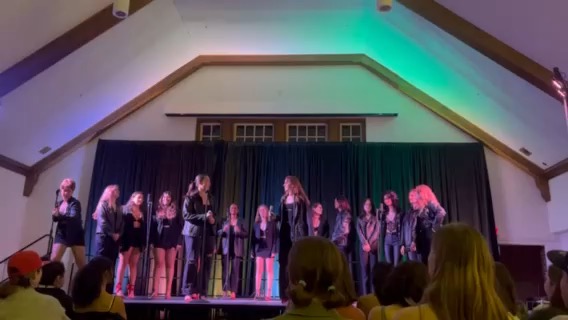Grounded in the Earth: Hurricane Diane’s Timeless Enlightenment
Provided you weren’t living under a rock last weekend, you probably saw or heard about the Bates Theatre Department’s latest production: Hurricane Diane. Directed by Kush Sharma ’23 in partial fulfillment of his thesis requirements, the play ran from Nov. 3 to Nov. 8 in Gannett Theater.
Set in a New Jersey suburb much like my own (yes, I’m from the Garden State; I don’t want to hear it), Dionysus (played by Alexa Bowerfind ’24), the Greek God of Fertility, adopts Diane as her Earthly name before coming to bestow her vision of a restored Earth onto local cul-de-sac of four gossip girls: Renee (Bora Lugunda ’25), Pam (Sydney Childs ’24), Beth (Jackie Coraci ’26) and Carol (Paige Magid ’24).
The play marvelously achieves playwright Madeleine George’s goal “to ask big questions in relation to queer and non binary environments.” If the average movie or screenplay attempts a nod at the Bechdel Test and falls helplessly short, Hurricane Diane shatters it. The play has no male characters and its dialogue barely nods to the presence of a distant “husband.” What impressed me the most about the performance was the cast’s success in normalizing this (unfortunately noteworthy) artistic difference; the predominance of women and gender non-conforming folk at the play’s forefront.
The cast of Bates’ rendition of Hurricane Diane has mastered the art of the nonverbal indicator. We learn as much from Carol’s announced endorsement of HGTV as we do from her face at the mere mention of the possibility that she might lose her lawn (spoiler alert: It falls To. The. Ground!).
In contrast to Carol’s HGTV enthusiasm, Renee yearns to merge her editing job with her identity, instead of producing fluff for followers. At the kitchen table (well, all four identical ones), we watch Pam’s boisterous rendition of why Beth’s husband left her unfold as Beth crumbles into the hard marble counter in dismay.
Hurricane Diane’s cast seamlessly provokes these potent reactions from the audience. At the show I attended, guffaws were common, if not expected, and shifts in the room’s mood were palpable, and constant. I would be remiss if I didn’t acknowledge the stage crew’s meticulous contributions to the aura; the lights and sounds were right on queue, and the stage props were intentional.
And, of course, ideas of queerness are embedded into the play’s construct, especially through the intimate scenes. Hurricane Diane asks us to confront queerness—its reality, its tributaries, its stigma—by placing it in front of us. We cannot look away. And why should we? Diane knows what she wants. She wants us to caress the Earth with our backyard permaculture.
The play is one big gulp: ninety minutes with no intermission. It is a gulp we are invited to take; a taste of a world through a non-binary God and her chosen cohort, a refreshing twist on foundational mythology. In addition, it functions as an alert that Earth’s resources are finite, which we often take for granted. In this regard, the costume designers admirably model the importance of environmental awareness; ninety percent of the set, stage, and costume materials will be reused in the future.
Hurricane Diane leaves the audience with questions that have haunted scientists for decades, ones whose importance we are actively being confronted with (notice the weather this past week?). We are left with the same looming questions that plague Diane—and now, her constituents— of what to do with this precious Earth we call home, and how to manage our own destruction of it within the materialistic realities of our modern world.
If you missed the show, and need to cope with your loss, or if you seek a clever interrogation of gender and environmental relations, look to Hurricane Diane to complicate your sense of the ground, and your embeddedness within it. It is certainly worth a read (and some thought).


